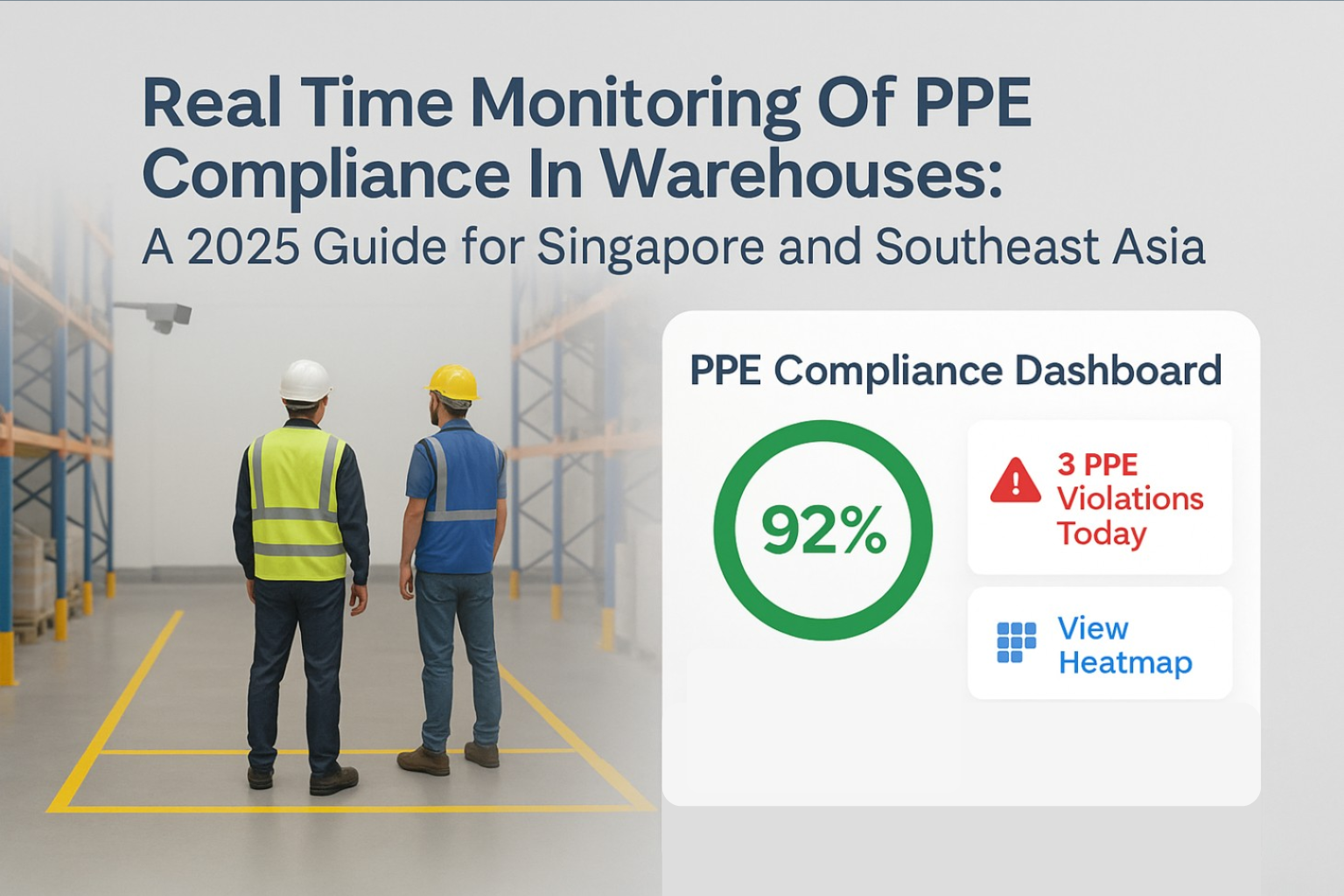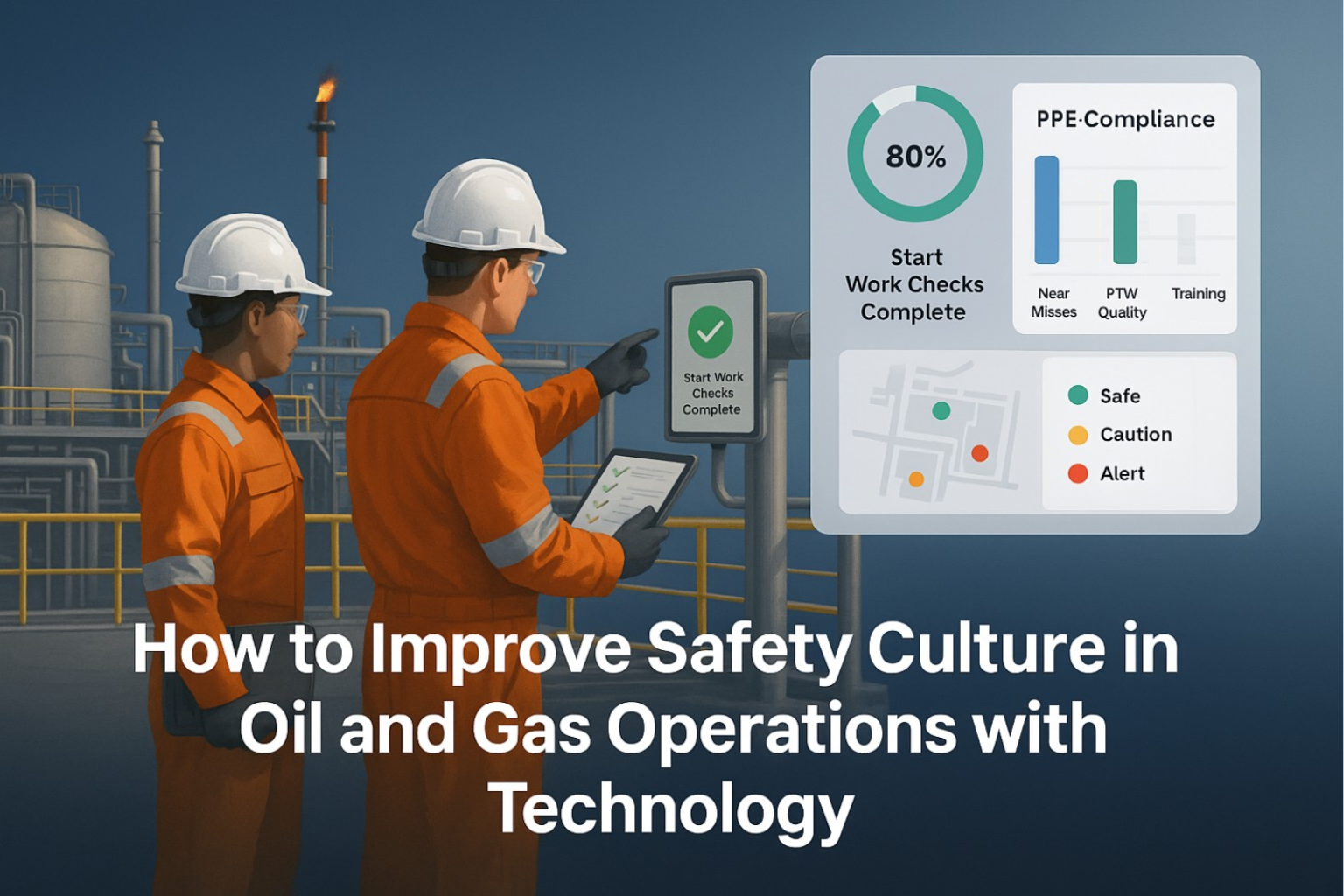Video analytics uses AI and computer vision to extract insights from video, improving safety, security, customer experience, and operational efficiency.

Video analytics technology has revolutionized the way we interact with video data. The technology is based on computer vision, a branch of AI concerned with enabling machines to interpret and understand visual data, much like humans do. With the help of AI and ML algorithms, it is possible to analyze video data in real-time and extract valuable insights that can be used to improve safety, security, and customer experiences.
One of the key features of video analytics is its ability to detect and track objects in a video feed. This is achieved through the use of advanced computer vision algorithms that are capable of recognizing patterns and shapes.
By analyzing video data this way, video analytics can identify specific objects in a video feed, such as people, vehicles, or animals. This can be particularly useful in applications such as security and surveillance, where the ability to track the movement of objects is critical.
Another important aspect of video analytics is its ability to recognize patterns and extract insights from visual data. This is done through the use of machine learning algorithms, which are trained on large amounts of video data to identify patterns and trends.
For example, in a retail environment, video analytics can be used to analyze customer behavior and identify buying patterns.
This information can then be used to optimize store layouts and improve the customer experience.

Video analytics works by using computer vision algorithms to analyze video data. These algorithms are trained to recognize specific objects or events, such as people, vehicles, or suspicious behavior. The algorithms use machine learning techniques to improve their accuracy over time, as they are exposed to more data.
The video analytics process can be broken down into several steps:
Video analytics is used in a wide range of industries and applications, including:
Video analytics offers several benefits, including:
Video analytics technology has the potential to benefit a wide range of industries by improving production, safety, security, and customer experiences. Here are some sectors that can use video analytics to improve their operations:
These are just a few examples of industries that can benefit from video analytics technology. As the technology continues to evolve, we can expect to see even more innovative applications emerge in a wide range of industries.
Video analytics is a powerful technology that has the potential to transform a wide range of industries and applications. By using AI and ML algorithms to analyze video data, video analytics can detect and track objects, recognize patterns, and extract insights from visual data. This technology is particularly useful in applications such as security and surveillance, retail, traffic monitoring, healthcare, and marketing and advertising.
Industries across the board are recognizing the benefits of using video analytics to improve their operations, production, and overall performance. As video analytics technology continues to evolve, we can expect to see even more innovative applications emerge, paving the way for a smarter, more efficient, and more secure future. With its versatility and potential, video analytics is set to become an indispensable tool in our increasingly data-driven world. Contact Invgilo for more info.


A practical playbook that turns safety culture into repeatable behaviours. Pair IOGP Life-Saving Rules and Start Work Checks with AI vision on existing cameras, digital PTW, LoRaWAN sensors and digital twins; track a small set of leading indicators, run a four-week pilot, and scale with privacy-first governance.

Learn how to build a weekly safety dashboard from systems you already have, then layer AI video analytics on existing CCTV to quantify PPE and proximity risks by shift and zone. The article covers schema design, data contracts, quality checks, a practical pilot plan, and how to link improvements to reduced claims, downtime and penalties. Templates for ISO 45001 or OSHA exports and vendor validation steps are included.
Ready to elevate safety in your operations? Let’s talk!
Contact us today for a personalized demo.
